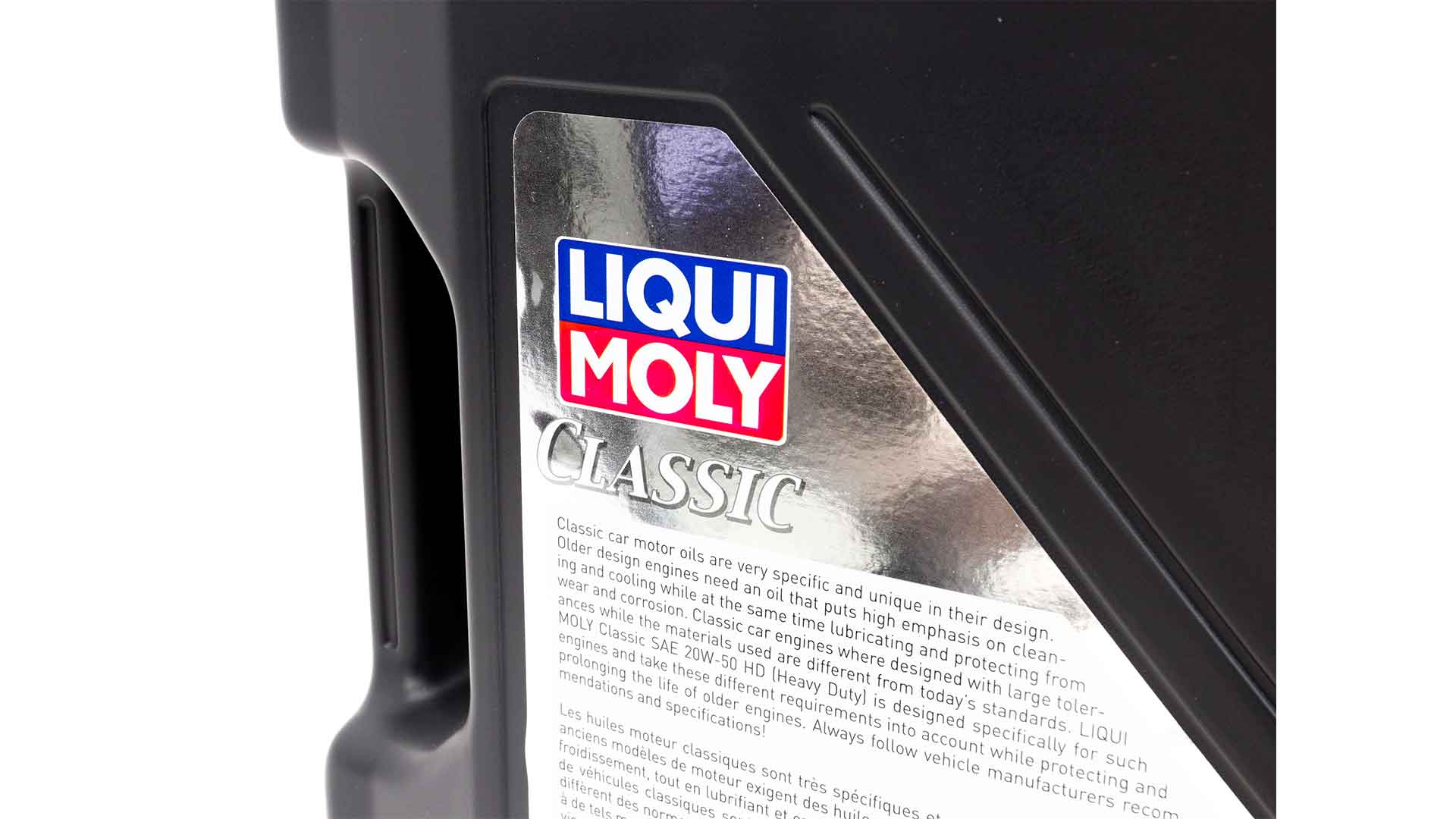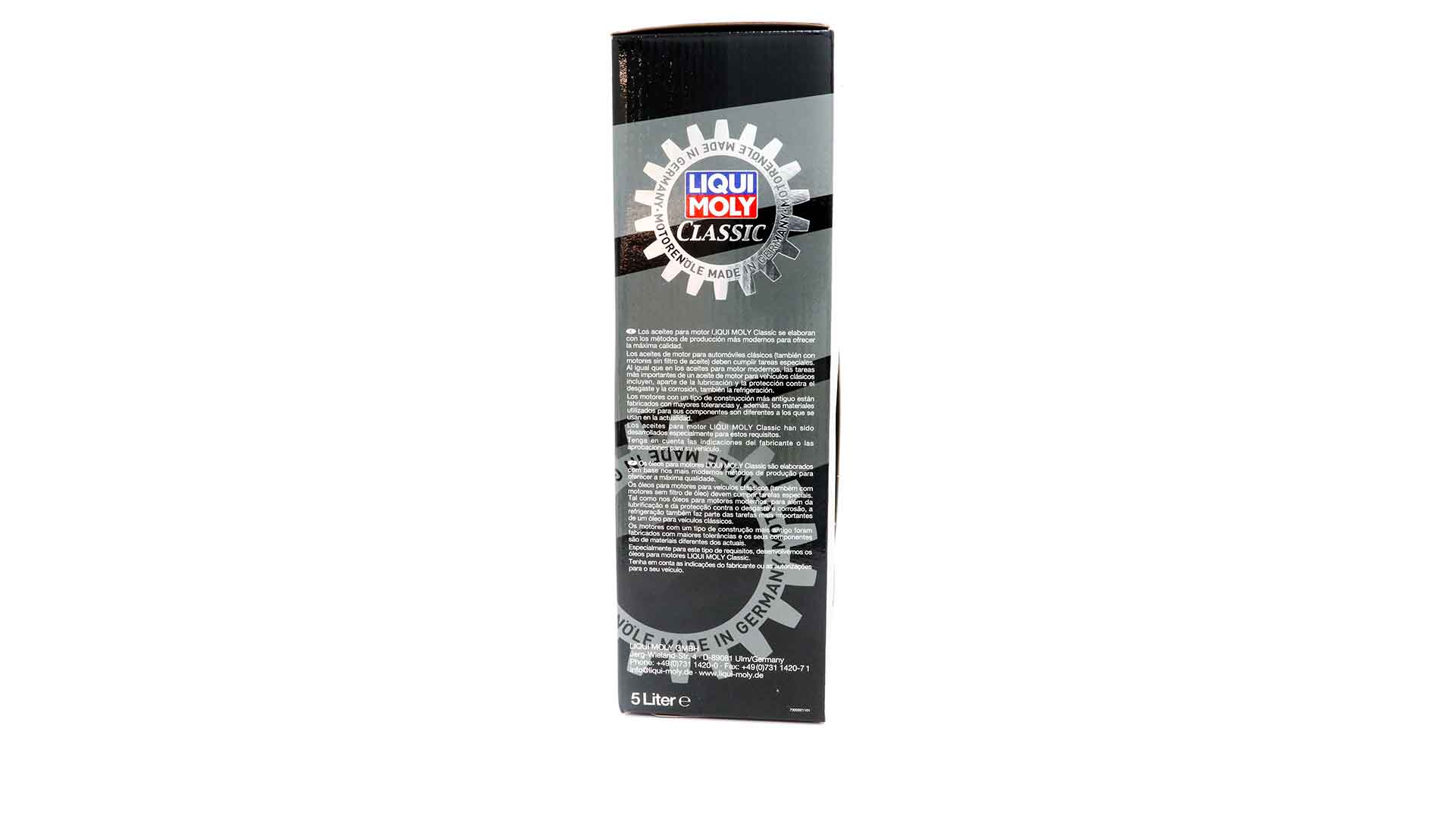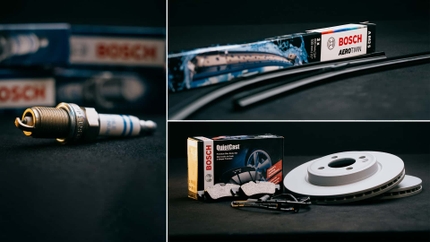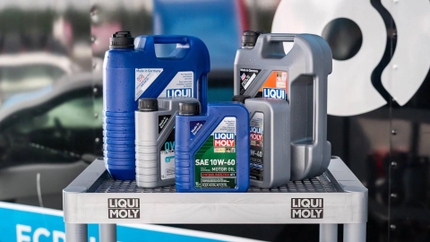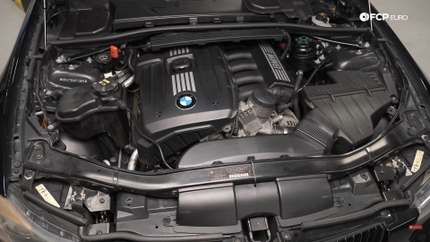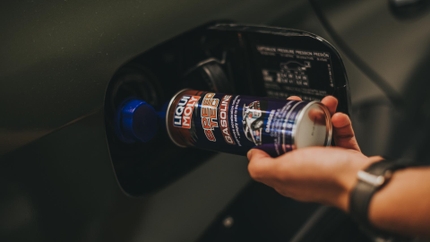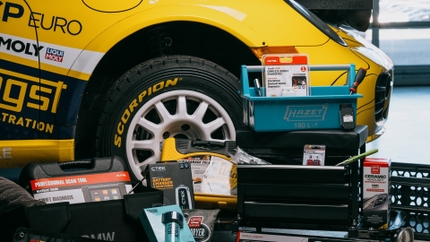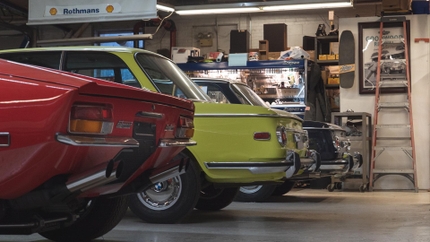- 11/01/2020
- 2 Min Read
- By: Michael Roselli
LIQUI MOLY Classic Is The Fountain Of Youth For Your Aging European Car
There's a trend going on here at FCP Euro - anytime an employee goes to do an oil change on their personal vehicle, you'll find one bottle near the engine bay with a red, white, and blue logo on it. That's LIQUI MOLY, and we use it because it's a quality product that we trust to keep our European rides (and non-Euro, in some cases) running smooth for years to come.
On some of our employee's older vehicles (the ones that require a little extra attention and TLC), you'll find a different-looking bottle near the engine bay still wearing the same red, white, and blue logo. It's LIQUI MOLY Classic, and putting it in your aging European ride is the closest you'll get to having it drink from a fountain of youth. Here's why:
Own a classic car?
Lubrication
Simply put, you need something slippery between those two pieces of metal moving around at thousands of revolutions per minute to prevent heat buildup and potential catastrophe. What most people don't know, is that in most cases, the tolerances between those two pieces of metal vary depending on the year of your engine. A newer engine, in most cases, is built to more stringent standards meaning the tolerances (gap) between engine components is less. You'll want a thinner, more slippery lubricant to occupy that space between the components.
On the contrary, an older engine built with less-stringent standards will have greater tolerances (bigger gaps) between the components, meaning you need to have an engine oil thick enough to fill those gaps to provide some substance. LIQUI MOLY Classic, in the 20W-50 weight, is exactly that. You wouldn't want to put something like this in your newer car, as it can quite literally reduce fuel economy since more energy is required to move an oil that's thicker in weight.
Detergents and Alloys
There are some pretty glaring differences between modern oils and classic oils in terms of what they're made of. Modern, synthetic oils have detergents in them which, yes, quite literally clean the inside of your engine. On an old, classic car, that could actually do more harm than good.
Old oil also has more alloy in it (like Zinc) creating a greater barrier of wear. This is specifically helpful for older engines with higher-mechanical stress, where the Zinc actually acts like a lubricant boost, making the oil more effective for higher-stress applications. That's why LIQUI MOLY Classic, formulated specifically for older, aging engines, has detergents in it that are closer to the oils from the 60's and 70's to be a little less harmful on engine internals.
Thermal Conductivity
Another crucial component to older oil is that it actually acts as a thermal conductor for an engine. In most modern cars, your engine oil lubricates, while the cooling system takes care of the majority of heat transfer (heat is still transferred to oil in modern cars, just at a much lower scale). In a classic Porsche 911, which takes up to 12(!) quarts of oil surrounding the entire engine, the oil actually acts as a sponge to soak up the engine's heat, simultaneously acting as a liquid blanket to insulate the engine from extremely high or low temperatures. An oil like LIQUI MOLY Classic will be more adept to aid in that heat transfer than a newer, more modern synthetic.
Could you get away with using a modern oil in your classic car? Probably. But for all the differences I've outlined above, it's worth moving to an oil specially-formulated with classic cars in mind. Right now, LIQUI MOLY Classic is the only thing on the market that ticks that box.
{{cta('24ff3e1a-5c03-44b5-baa7-54c9013d8f9d','justifycenter')}}

